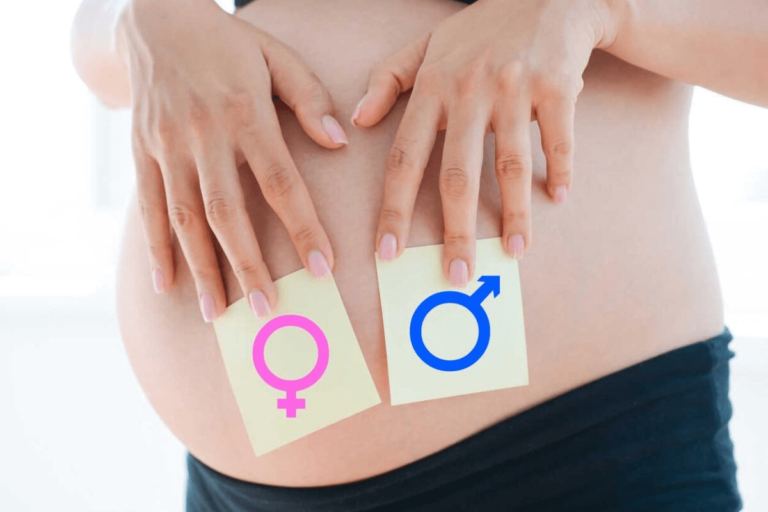Symptoms Indicating You’re Having a Baby Girl: Myths and Facts

Pregnancy often comes with a lot of excitement and curiosity, especially when it comes to guessing the baby’s gender. Here, we explore some common symptoms and beliefs about having a baby girl, comparing traditional myths with scientific perspectives.
1. Carrying High
Myth: If you carry your pregnancy high, you’re having a girl.
Fact: The position of your baby bump is influenced by your body type, muscle tone, and previous pregnancies, not the baby’s gender.
2. Severe Morning Sickness
Myth: Severe morning sickness in the first trimester indicates a girl.
Fact: Higher levels of hormones like hCG and estrogen can worsen morning sickness, but this does not definitively indicate the baby’s gender. Even high-profile cases like Kate Middleton’s show that severe morning sickness can occur with boys too.
3. Skin Acne
Myth: Experiencing acne during pregnancy means you’re expecting a girl.
Fact: Hormonal changes during pregnancy can lead to acne, irrespective of the baby’s gender. Increased blood volume and hormonal fluctuations are common culprits.
4. Shape of the Belly
Myth: Carrying weight in the middle means a girl, while carrying in the front means a boy.
Fact: The shape of your belly is determined by factors like muscle tone and the baby’s position, not gender.
5. Mood Swings
Myth: Frequent mood swings suggest you’re having a girl.
Fact: Mood swings are due to hormonal changes and can happen regardless of the baby’s gender.
Also read: Signs You’re Having A Girl: Debunking Myths And Exploring Science
6. Breast Size
Myth: If your left breast is larger than the right, you’re having a girl.
Fact: Breast size changes due to hormonal changes and milk production, not the baby’s gender. Proper support from bras is essential to maintain breast size.
7. Garlic Test
Myth: Eating garlic without a change in body odor means you’re having a girl.
Fact: This test has no scientific backing. Body odor changes are influenced by diet and metabolism, not gender.
8. Sleeping on a Particular Side
Myth: Sleeping on your right side indicates a girl, while the left side indicates a boy.
Fact: Sleeping positions are about comfort, not the baby’s gender.
9. Skull Theory
Myth: The shape of the baby’s skull can predict gender – rounded for girls, blocky for boys.
Fact: Skull shape cannot reliably determine a baby’s gender. This theory is purely for entertainment.
10. Urine Color
Myth: Dull yellow urine means you’re having a girl; bright yellow means a boy.
Fact: Urine color is influenced by hydration and diet, not the baby’s gender.
11. Baking Powder Test
Myth: Adding baking powder to morning urine; fizzing indicates a boy, no reaction indicates a girl.
Fact: The reaction depends on the pH of the urine, influenced by diet and hydration, not the baby’s gender.
Conclusion
While old wives’ tales about predicting a baby’s gender can be fun to explore, they lack scientific backing. The most reliable methods for determining your baby’s gender are medical procedures like ultrasound and genetic testing. Enjoy your pregnancy journey, and remember that each experience is unique regardless of your baby’s gender.
FAQs
1. Can the shape of my belly really indicate my baby’s gender?
No, the shape of your belly is influenced by muscle tone, body type, and the baby’s position.
2. Is severe morning sickness a sign of having a girl?
Severe morning sickness is caused by hormonal changes and can occur with any gender.
3. Do mood swings mean I’m having a girl?
Mood swings are common due to hormonal changes and can happen with any gender.
4. Can urine color predict my baby’s gender?
Urine color is influenced by hydration and diet, not the baby’s gender.
5. Are there accurate methods to determine my baby’s gender?
Yes, medical methods like ultrasound and genetic testing are accurate ways to determine your baby’s gender.
Also read: What Science Says About ‘Signs’ You’re Having A Girl?






